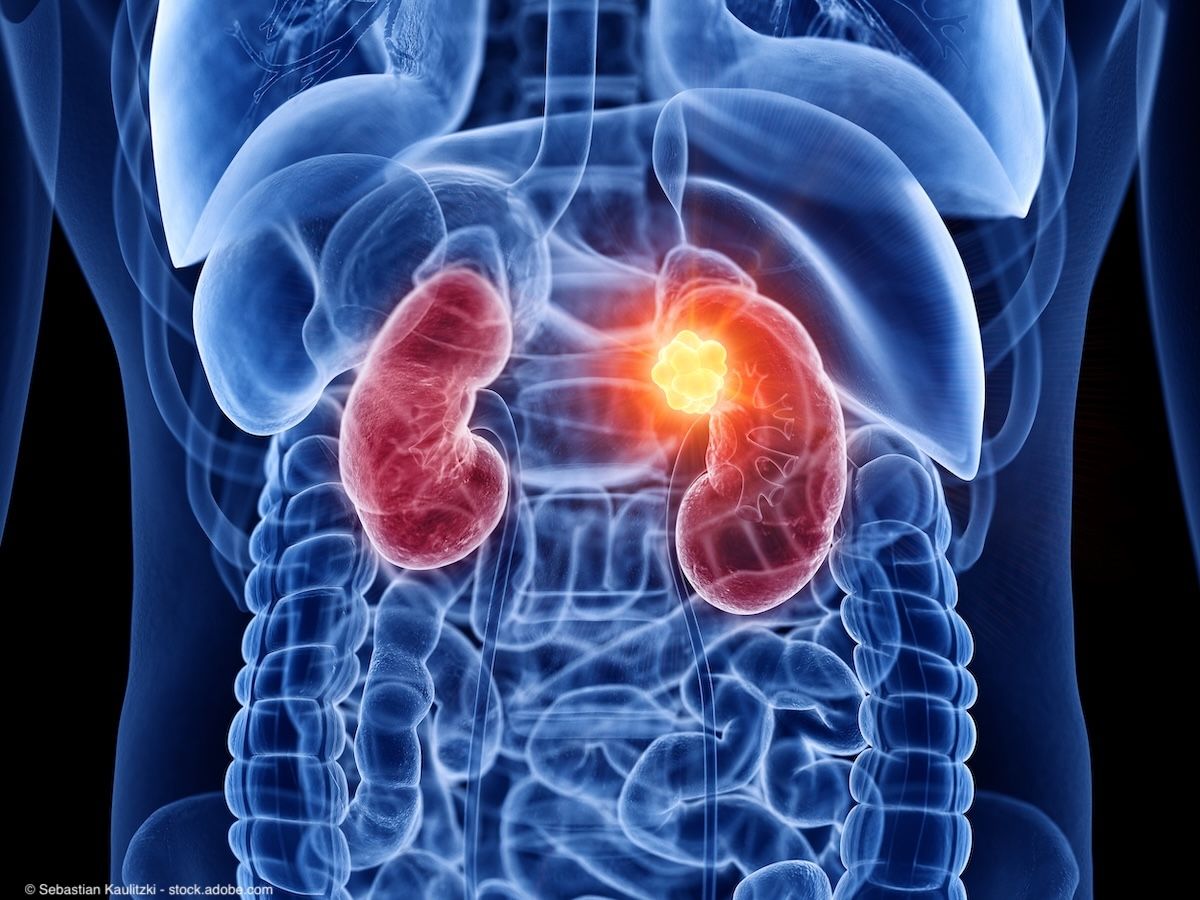Opinion
Video
How Unfold AI compares with other AI-based tools in prostate cancer
Author(s):
“In the period where a patient receives a diagnosis of favorable intermediate-risk cancer or higher and doesn't know what to do, there is a big unmet need/gap that we aim to serve with Unfold AI,” says Shyam Natarajan, PhD.
In this video, Shyam Natarajan, PhD, shares how Unfold AI compares with other AI-based tools that are currently available for prostate cancer detection and staging. He is an author of the recent BJUI Compass study, “Extracapsular extension risk assessment using an artificial intelligence prostate cancer mapping algorithm.” Natarajan is the founder and CEO of Avenda Health.
Transcription:
How does Unfold AI compare to other AI-based tools that are currently available for prostate cancer detection and staging?
Other AI-based algorithms and systems typically happen earlier in the diagnostic process. They either are applied on an MRI alone in the early screening or diagnostic stage, or in the later stage, when patients need to understand what is the 10-year risk of developing metastases. There are a number of AI generated tests that support that. But in the period where a patient receives a diagnosis of favorable intermediate-risk cancer or higher and doesn't know what to do, there is a big unmet need/gap that we aim to serve with Unfold AI. The advantage of bringing in multiple kinds of data, like imaging, pathology, prostate fusion biopsy, PSA and other clinical factors, we see that multimodal approaches can actually be much more powerful than just looking at 1 parameter alone.
This transcript was edited for clarity.
Newsletter
Stay current with the latest urology news and practice-changing insights — sign up now for the essential updates every urologist needs.
















